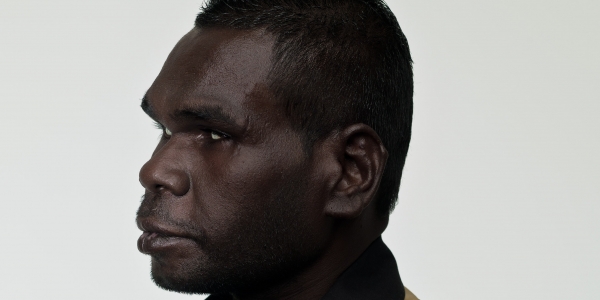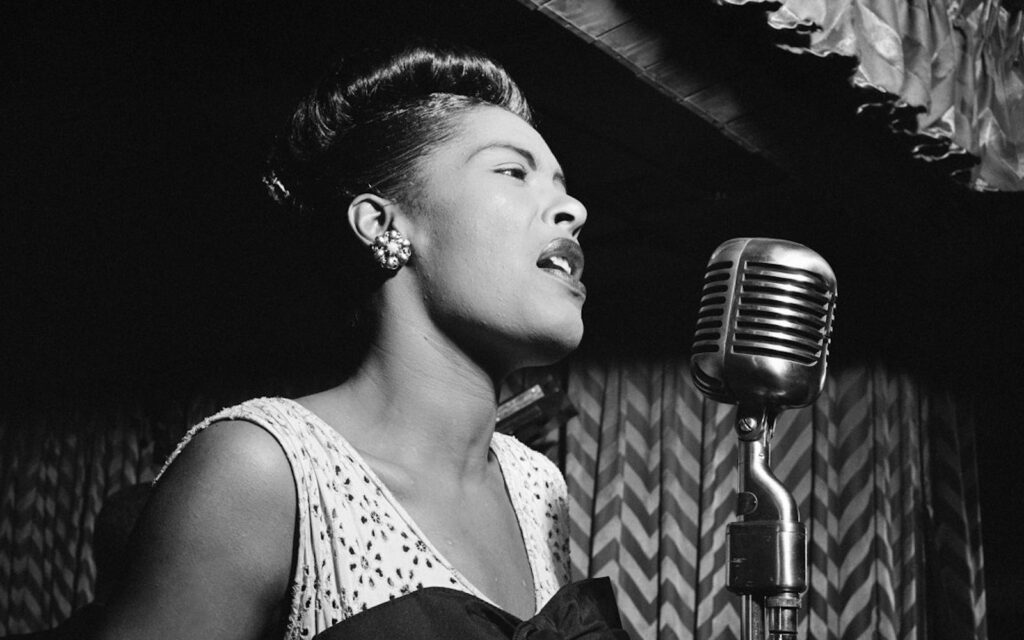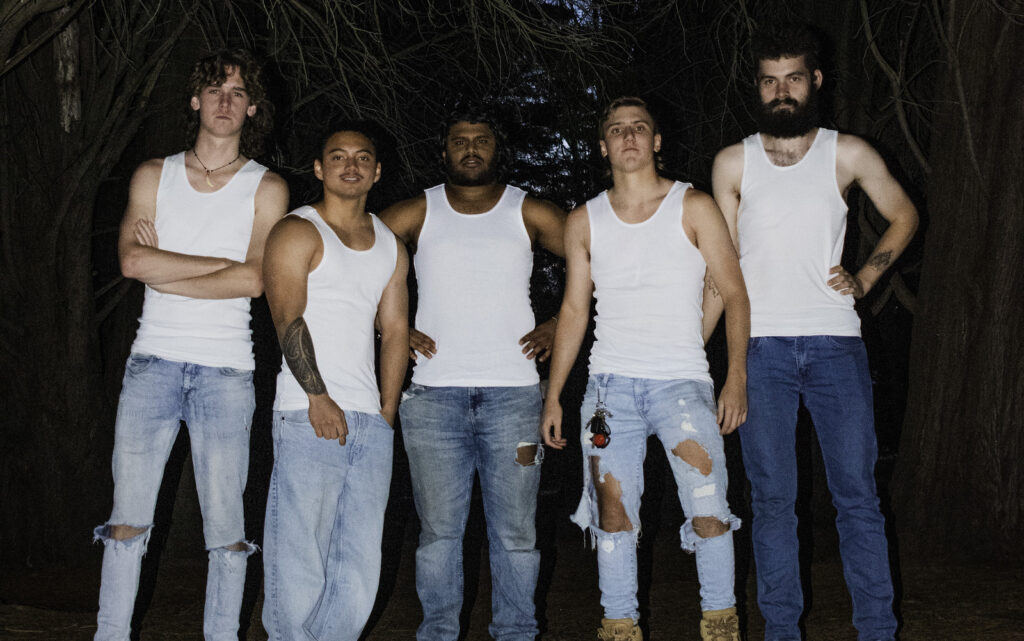Three lines from Michael Hohnen – whitefella, producer, double bass player for indigenous phenomenon Gurrumul Yunupingu – define their long collaboration. Away from the studio in Australia’s top end, it can appear a curious partnership.
“I’m totally fine with it now but sometimes, in public, I notice people watch us,” Hohnen admits. Two forty-ish men from opposite backgrounds, walking arm-in-arm as Michael guides his blind, cane-less friend about. “More people know who he is now, but in earlier days people were intrigued.”
It might be, I suggest, interest in who is leading whom. “Yeah; and we both sort of lead each other,” Hohnen replies, recalling drama class trust exercises from the Victorian College of the Arts (VCA), where one falls back into another’s waiting arms.
“I do that as much with him as he has to with me. [We’ve known each other] for so long that what we do has a much bigger effect than what we say.”
Exploring Hohnen and Yunupingu’s relationship is imperative in understanding the artist in question. You won’t extract anything from Gurrumul: he famously leaves press to Michael. Avoiding interviews is “do with him being quoted, actually,” explains Hohnen when I reference Gurrumul’s relaxed poise in recent Rolling Stone photographs, although, says Michael, it was Dr. Hook that got Gurrumul posing. The band’s song Cover Of The Rolling Stone is an old favourite of Gurrumul’s and the only real reference the blind man had to any music publication.
“It was an anomaly: four years working with him in the media, then going, ‘Oh, Rolling Stone want to…’ and he was like, [animated], ‘ Yo, yo, yo! Manymak!’ [okay!]. I said we’d have to go to Sydney and still, ‘Yo, yo, yo!’. Adrian Cook, the photographer, was very sensitive but it all looked a bit formal. Then I took Gurrumul’s shoes off. He said, ‘Yaka yaka, don’t take my shoes off!’ but it achieved great balance.”
Recording his much-anticipated second album, Rrakala (and first solo effort Gurrumul) Yunupingu valued Hohnen’s advice; though Michael chose carefully his moments to offer it. It was only when engineer Anthony Ruotolo opined some songs were “missing the unpredictable, warm, rounded sound”, Hohnen’s double bass lent to Gurrumul that Michael re-recorded the bass lines. “I took it to Gurrumul; he didn’t care so I put double bass on. But,” he adds, “it’s not something I’d do up front.”
Wait. Gurrumul didn’t care? “Well, that’s a bit flippant,” Hohnen admits. “Musically, he’ll walk into a [studio] knowing what’s being captured is going to be out there. He puts so much effort into making it right he’ll leave other decisions to me… he’d probably love [to have deferred more] but Rrakala‘s about presenting [the] Gurrumul that people don’t know.”
With that brief rather than “thinking too much,” Hohnen says more of Yunupingu shone through. His piano playing: Hohnen describes as “delicate, special” as “most people play melody right-handed, chords in the left but he plays both hands as a block together – he’s never watched anyone else play.”
The songs “are more to do with him and his own clan,” and in the work’s physicality: “the album’s name; the artwork – he described what he wanted. For me,” affirms Hohnen, “you don’t live that long so you have to do what speaks to you the strongest. What he and I did on Rrakala followed that priority. Like, track seven…”
Warwu , I interrupt, struck me as a standout. I felt like crying. It was interesting to learn it’s maternally-themed.
“I remember that sense when he did the harmonies for it,” agrees Hohnen. Despite that, he says, “It’s funny; people take it as a sad album but it’s different from sadness. It’s to do with nostalgia; wanting to be in that place that gives you harmony, peace; connection with ancestors. It’s not physical – with the technological onslaught most people are on a trajectory away from it – but most people want that connection.”
On some level Gurrumul provides that connection. It is incredible how evocative an image can be conjured by an in language story told in few lines by a man who’s never seen.
As Hohnen relates: “The song Banbirrngu: I heard the demo and said, ‘I love this. I want it played at my funeral.’ Gurrumul laughed,” he recalls. “But we recorded it… got to translation and it is a funeral song. It’s curious how strong the sentiment comes across with us not really getting [a lyrical explanation] from him.”
Music’s power isn’t new to Michael Hohnen, but to Darwin via the well-appointed Melbourne High School and VCA – worlds away from Gurrumul’s self-tuition on homemade instruments in Arnhem Land – one momentous similarity resounds.
“I’ve had experiences playing jazz where you stop having to think. Working with Gurrumul, you get that feeling,” he explains. “You’re surfing; you get on the wave, it carries you. It’s not some intellectual experience you’re going through. It’s a very felt, unaffected performance.”
The best music in the world creates a feeling. It’ll never go out of fashion. “True. But I listen to most pop music thinking, ‘Oh God, they’re trying.’ To fit in, make it into the charts; be successful.”
Hohnen imagines all music in a pie chart: “in contemporary charts there’s this tiny wedge of music that’s all the same… everyone’s competing for that wedge,” he says, incredulous.
Avoiding the wedge makes small victories large: “We did this Creole-Aboriginal Waltzing Matilda and 2GB flogged it. Little breakthroughs are rewarding when you’re working out of Aboriginal Australia. You don’t expect that.” Humble is the man who saw Gurrumul to the world stage, the Australian charts and to receipt of ARIA, Deadly and AIR awards.
Validation, for Hohnen, was Steve Macklam [manager for Norah Jones, Elvis Costello.] saying, “‘You’re working with someone who’s not derivative. I’m not sure what genre you’ve created, but it’s got its own space.'” Hohnen reflects. “It’s like a big bookshelf. You push a few books aside and suddenly you’ve made space for another classic book. I love that idea.”







